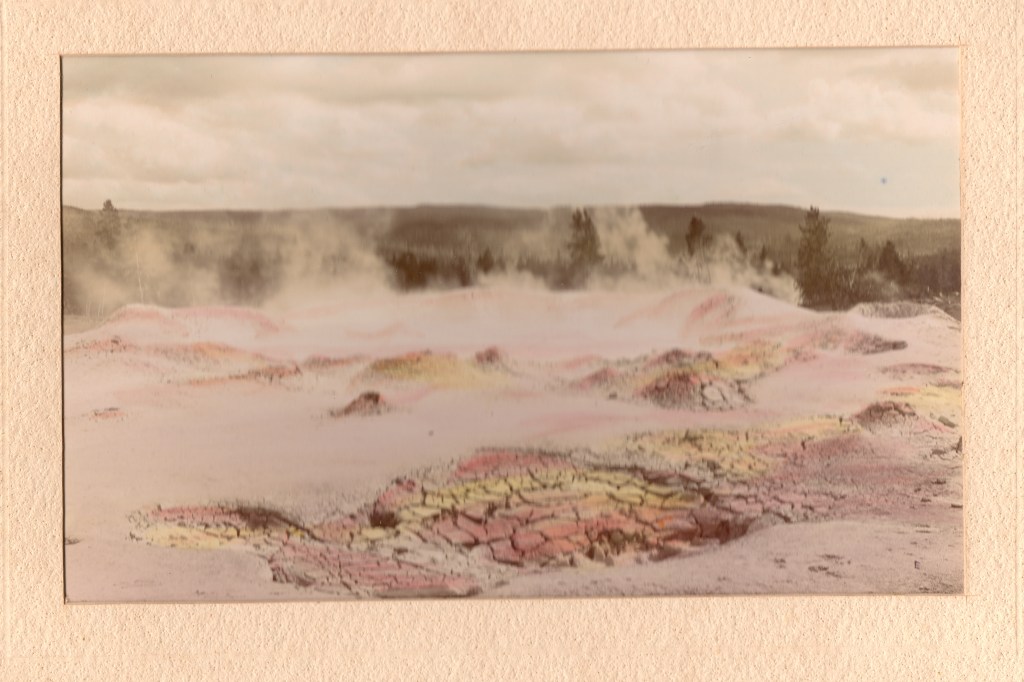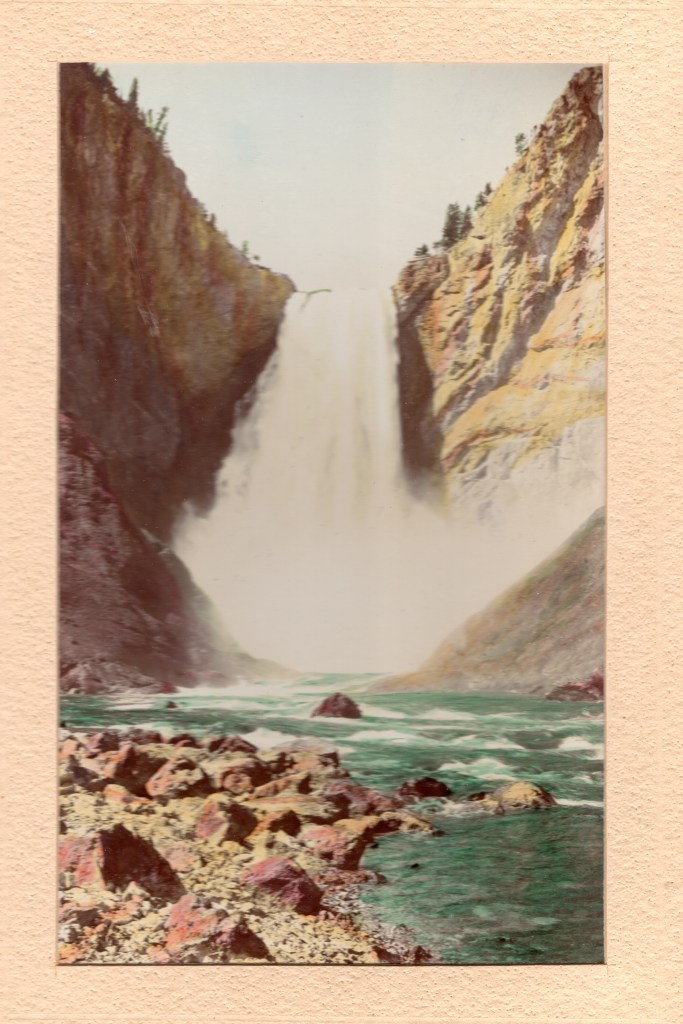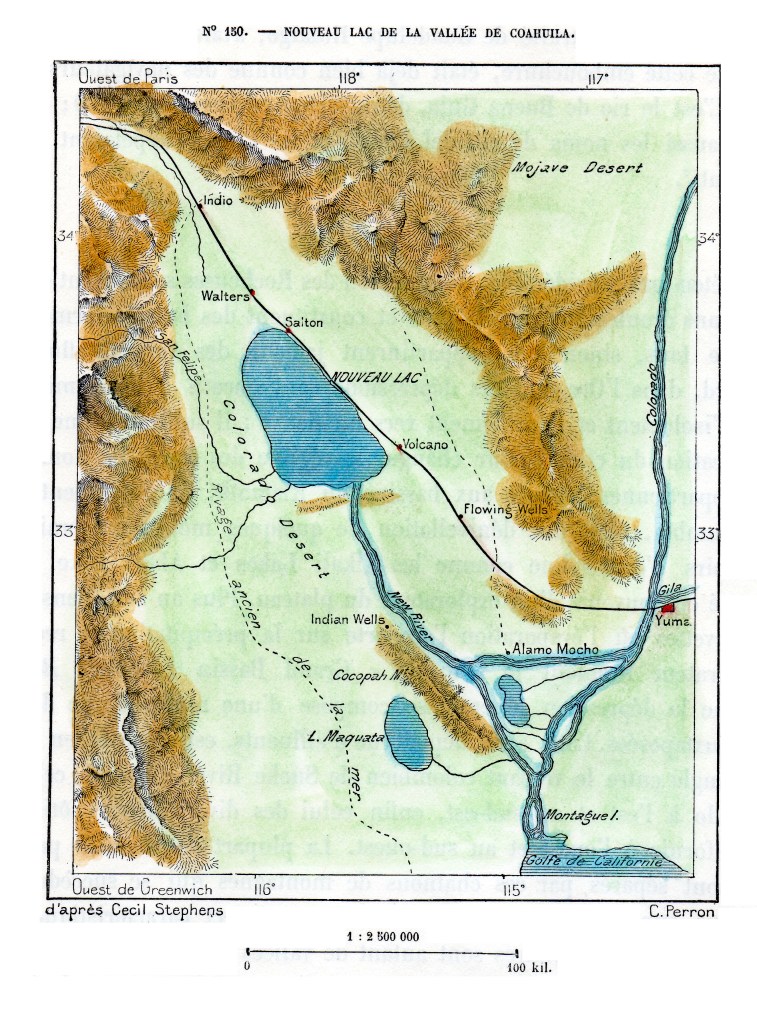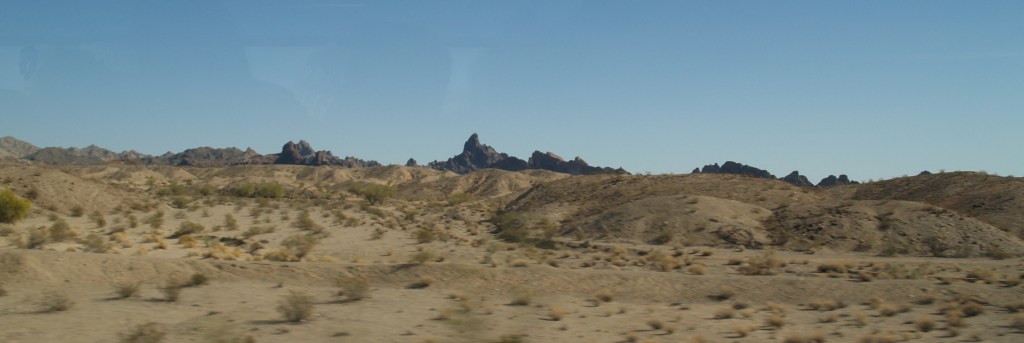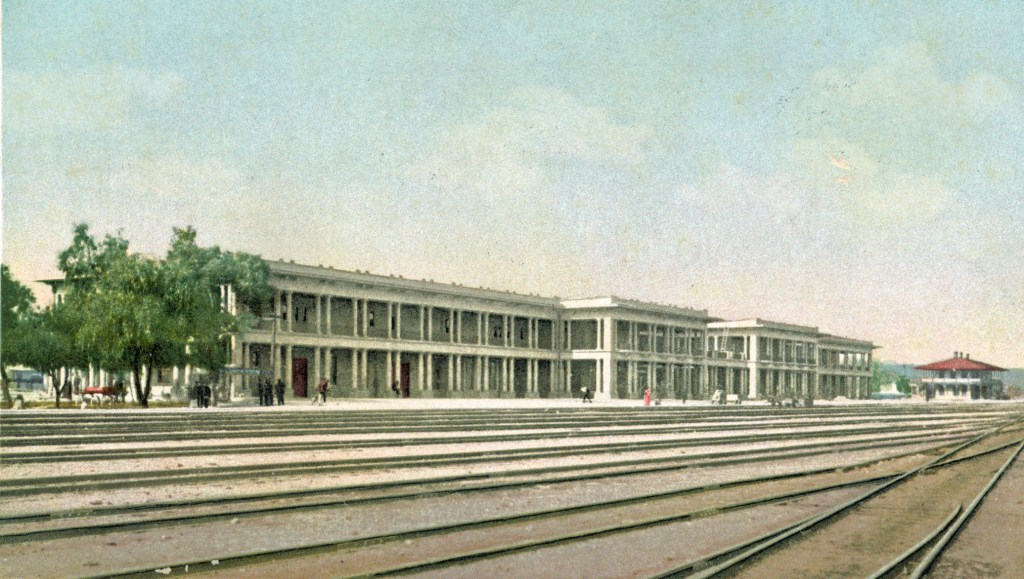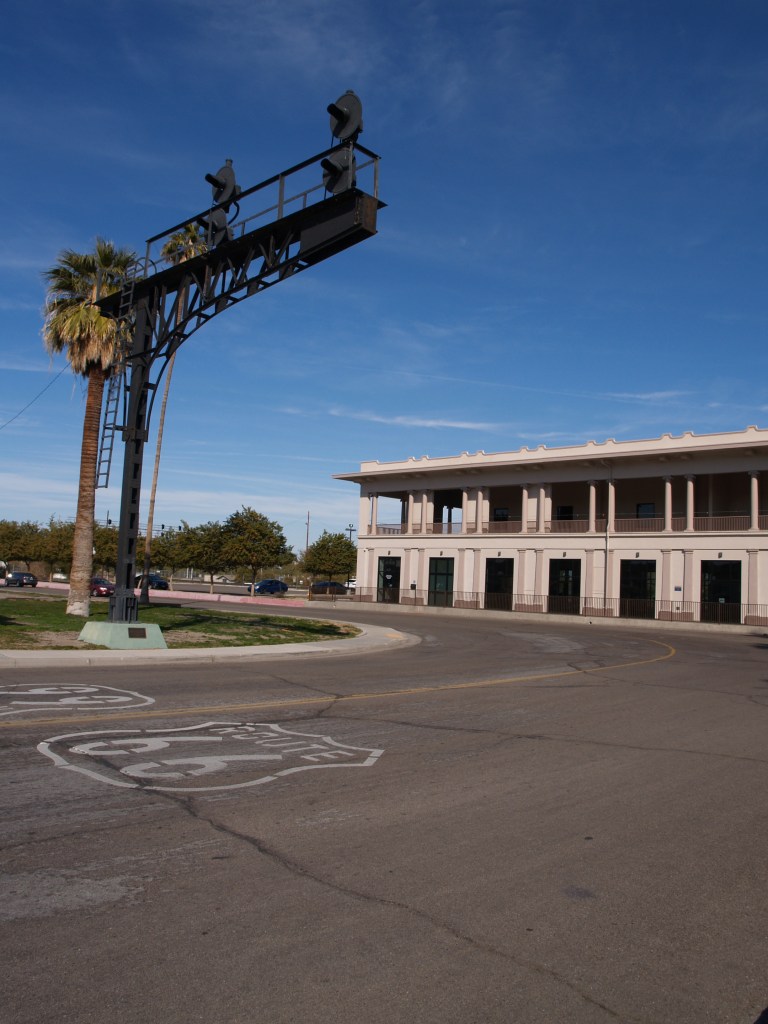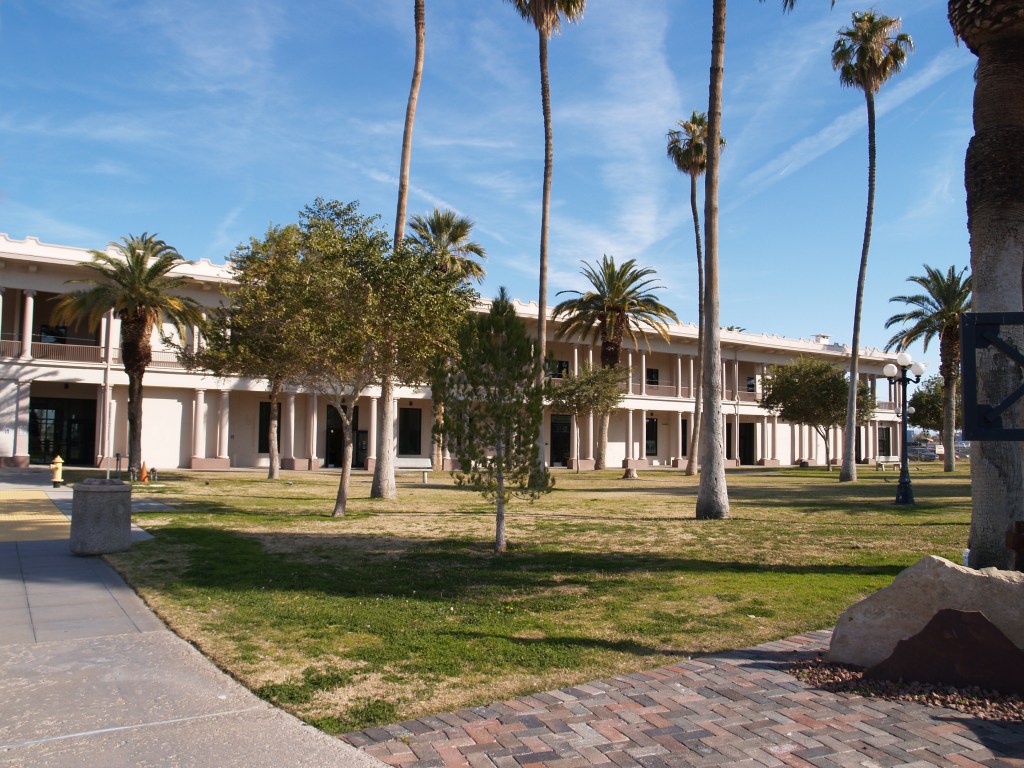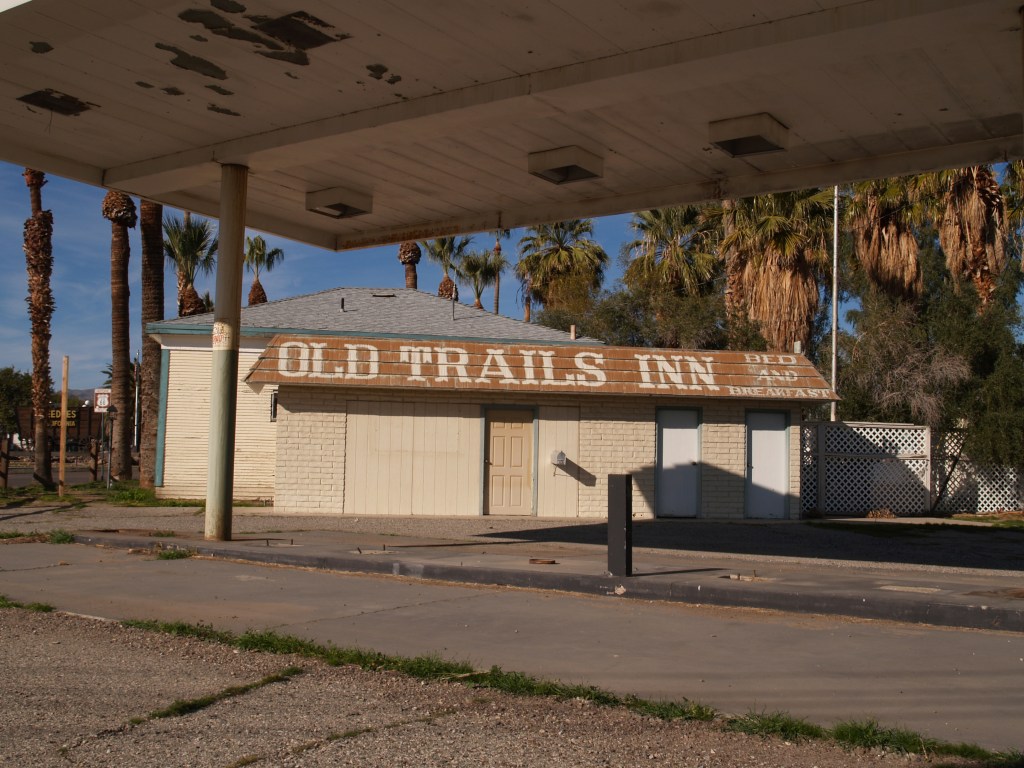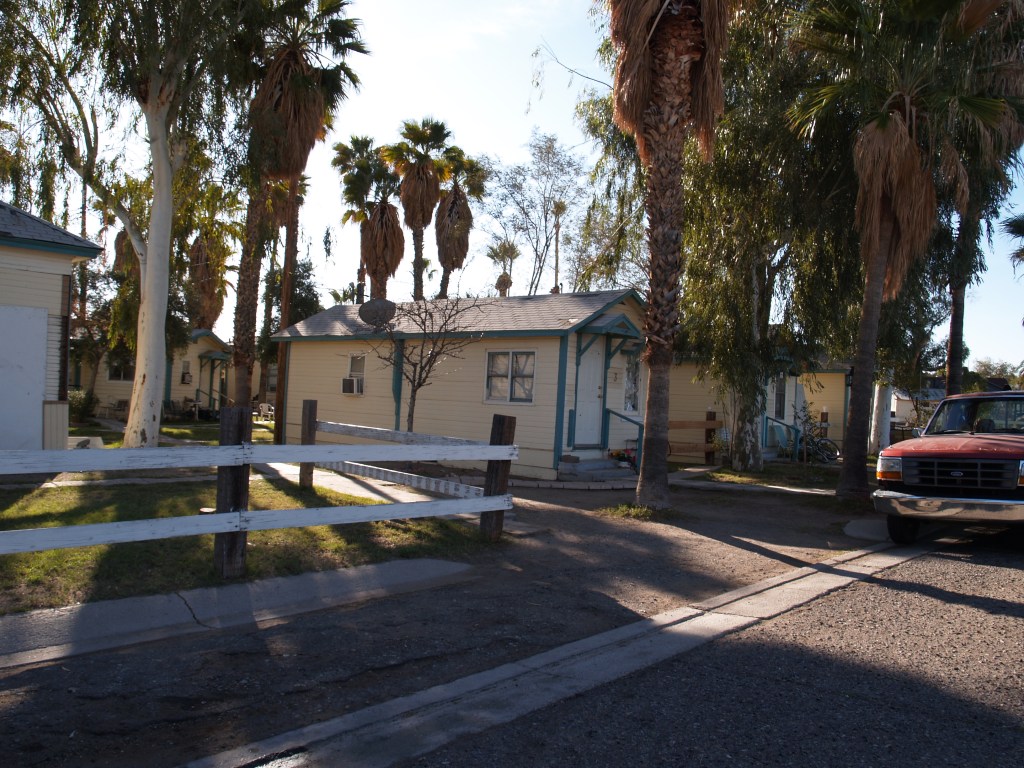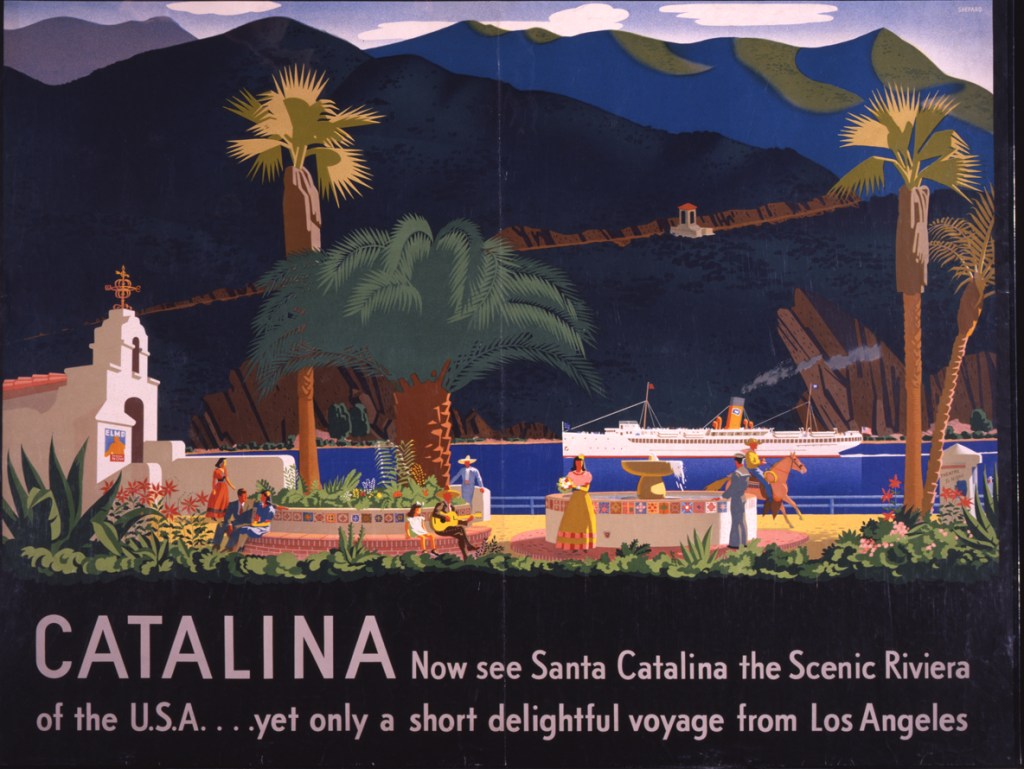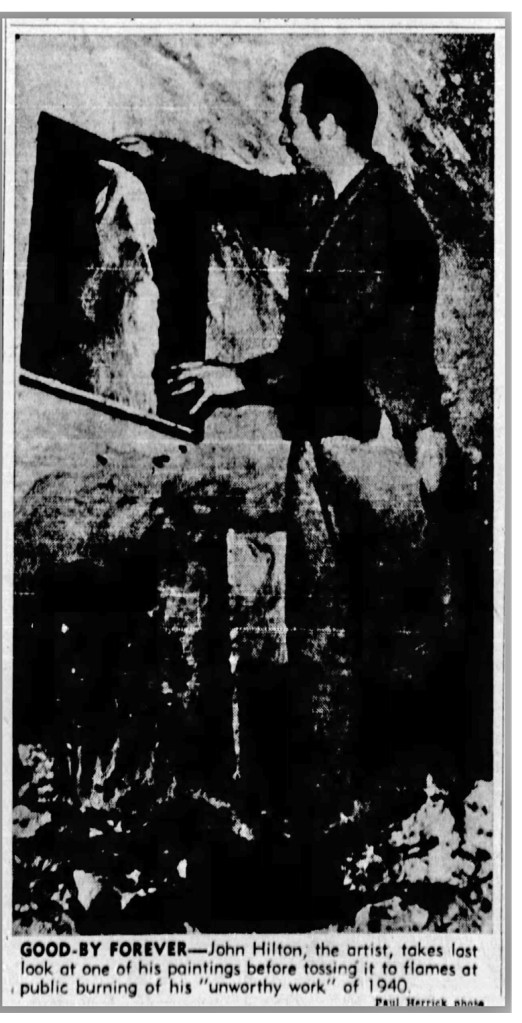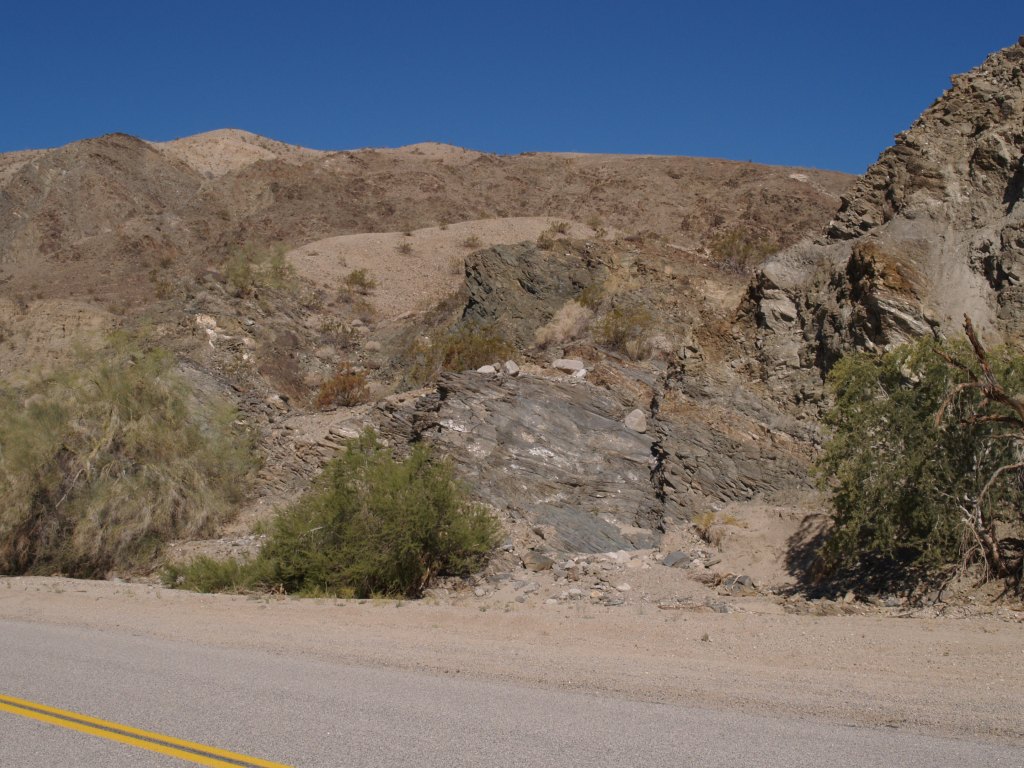The Old West in Fact and on the Screen

(C.T. Art-Colotone printer) (no copyright notice)
Located in the Mohave Desert at the southern tip of the Sierra Nevada Mountains, Red Rock Canyon is a “pass” between the Sierra Nevada and the El Paso Mountains; it was used by Native Americans as a trading route for centuries. The local Kawaiisu used the area as a winter settlement at the dawn on recorded history in the area, calling it “the canyon with rocks on fire.”
In January/February 1850, pioneers who crossed Death Valley in the “lost ’49’s party” followed a native trail through here, finding water and passage to the west after having spent months in the desert on a “shortcut” to the coast. By 1862, a wagon route was established, used by freight wagons and stage coaches. In the 1890s, gold was mined, but the deposits were never plentiful.


From October 1908 until December 1910, the 8.35 mile Red Rock Railroad carried supplies to the local camp of the workers constructing the Los Angeles Aqueduct from the Owens Valley to Los Angeles.
Purportedly the first automobile trip through the Canyon was in 1905. By the 1930s, a paved road ran through the canyon on the route from Los Angeles to Bishop (along the eastern side of the Sierra Nevadas).
By the 1920s, tourists has discovered the area, and soon the spectacular scenery caused it to be used for location filming for numerous movies and TV programs (Jurassic Park, Westworld, Wagon Train, Battle Star Galactica, to name but a few).

After decades to talk about preserving the Canyon, in 1968 the area became a California State Park.

Yuccas are not as prevalent due to climate and geological changes, as well as humans disturbing the soil.

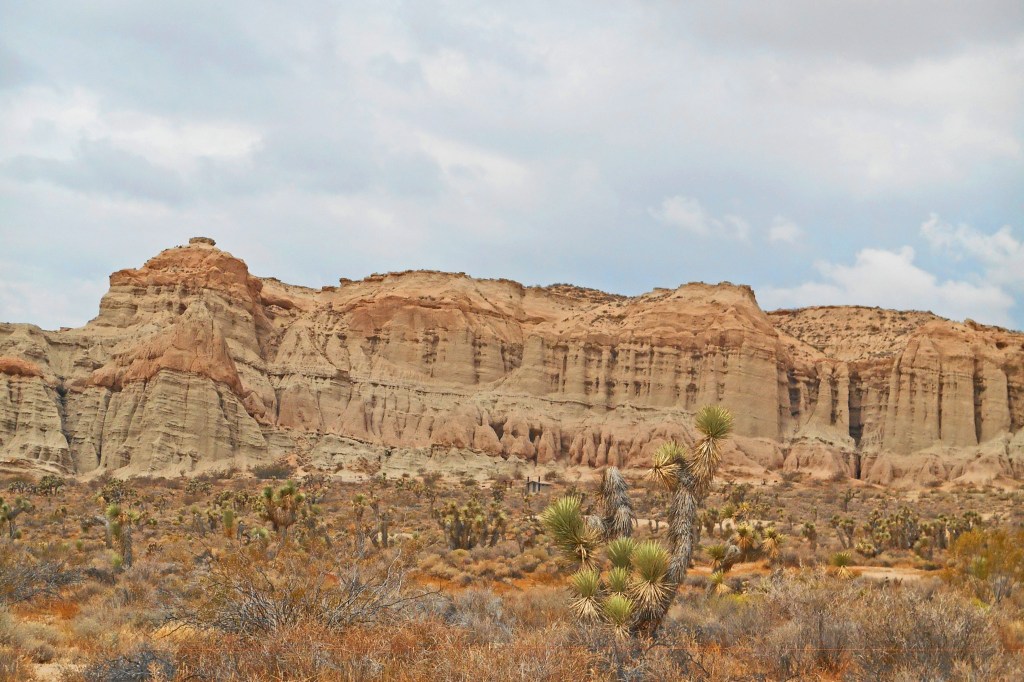

These photos were taken on a trip up the Eastern Sierras in 2015; State Route 14 runs through the State Park. It was a hot summer day on the desert and the Park was not manned due to budget issues in the State government, so there was no one around when we turned into the parking area (there is very limited camping). This would be a spectacular year to visit the park as we had late rain and the wildflowers must be magnificent.
Red Rock Canyon is only a couple of hours out of Los Angeles, but a world away!





